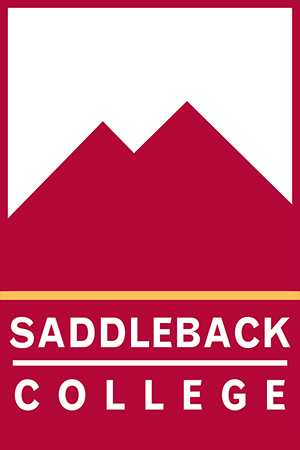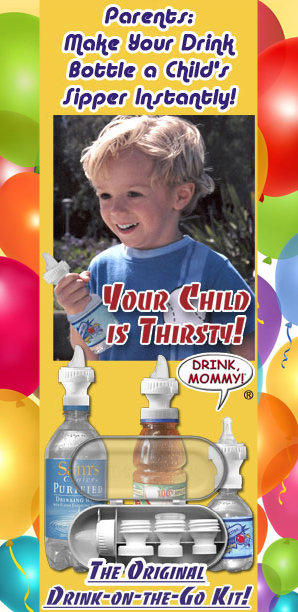Working Safely
By: Steve Sayer
( Editor’s note; Many of you know Steve Sayer as a friend or neighbor here in Aliso Viejo. He was asked by meatingplace.com to write on safety issues for their online blog. Meatingplace.com is an on-line community for red meat and poultry processors
in North America. Membership is FREE. Meatingplace.com is published by the Marketing & Technology Group.)
Created by the United States Congress and signed into law by President Nixon, the occupational safety and health act of 1970 established the occupational safety and health administration (OSHA) within the US department of labor (DOL). The DOL is responsible, among other areas, for issuing and enforcing standards covering workplace safety.
The original 1970 act included language to the effect that, ‘employees should be apprised of all hazards to which they are exposed to while on the job.’ In the early 1980’s, OSHA implemented this instruction by enacting the hazard communication standard (HCS) as per 29 CFR 1910.1200. The HCS became effective nation-wide in 1985.
Some 26 years later an essential component of the HCS maintains that employees who may be exposed to hazardous chemicals in the workplace have the ‘right-to-know’ about those hazards including the ways (transmittal of information) and means (comprehensive hazard communication programs) to protecting themselves. The HCS applies to nearly all sectors of America’s working force. The HCS sets forth guidelines and requirements in six basic areas:
1. Hazard determination – 29 CFR 1910.1200 (d) – States that the employer must identify and maintain a list of all hazardous chemicals used in the workplace.
2. Written hazard communication program – 29 CFR 1910.1200 (e) – Mandates that the employer develop a written plan detailing how the requirements of the HCS shall be implemented. A generic hazard communication program can be viewed by tapping here.
3. Labels and other forms of warning – 29 CFR 1910.1200 (f) – Requires that all chemicals in the workplace be properly labeled. The information which must be present includes the name of the chemical and all warnings about any hazards the material(s) may present.
4. Material safety data sheets (MSDS) – 29 CFR 1910.1200 (g) – MSDS sheets must be available to employees at locations where hazardous materials are used. A MSDS sheet is a document that gives detailed information about a substance; including any hazards associated with the substance.
5. Employee information and training – 29 CFR 1910.1200 (h) – Requires that the employer provide to the employee comprehensive training at the time of their initial assignment covering such areas as; safe storage, safe handling, required personal protective equipment, protocols involving spills/leaks of hazardous materials; whenever new substances are introduced; use and interpretation of both MSDS’s and hazcom labels; applicable information about the HCS.
6. Trade secrets – 29 CFR 1910.1200 (i) – Sets forth the conditions under which a manufacturer may withhold information about a material and the conditions under which such information must be divulged to health care providers.
OSHA is currently proposing to amend the HCS and coordinate it with the United Nations globally harmonized system (GHS) of classification and labeling of chemicals standard. The proposed modifications would involve, among other areas, revised hazard classifications, labeling (use of standardized signal words, pictograms, hazard and precautionary statements) and a more specified format involving MSDS sheets.
A final ruling on the HCS is expected to be published by OSHA in Aug. 2011. OSHA believes that the proposed GHS modifications to the present HCS will – ‘improve the quality and consistency of information provided to employers and employees regarding chemical hazards and associated protective measures.’
By tapping here you can view more detailed requirements of the HCS that may be germane to your operations which includes – “frequently asked questions concerning the HCS.”
NOTE: As with any OSHA standard that may be discussed in this working safely blog, keep in mind that if your state legislators elected to have their own state-OSHA, there can be marked differences between your particular state-OSHA requirements and that of federal OSHA’s requirements; differences that your company must be aware of and abide to.
Steve Sayer
meatingplace.com


















